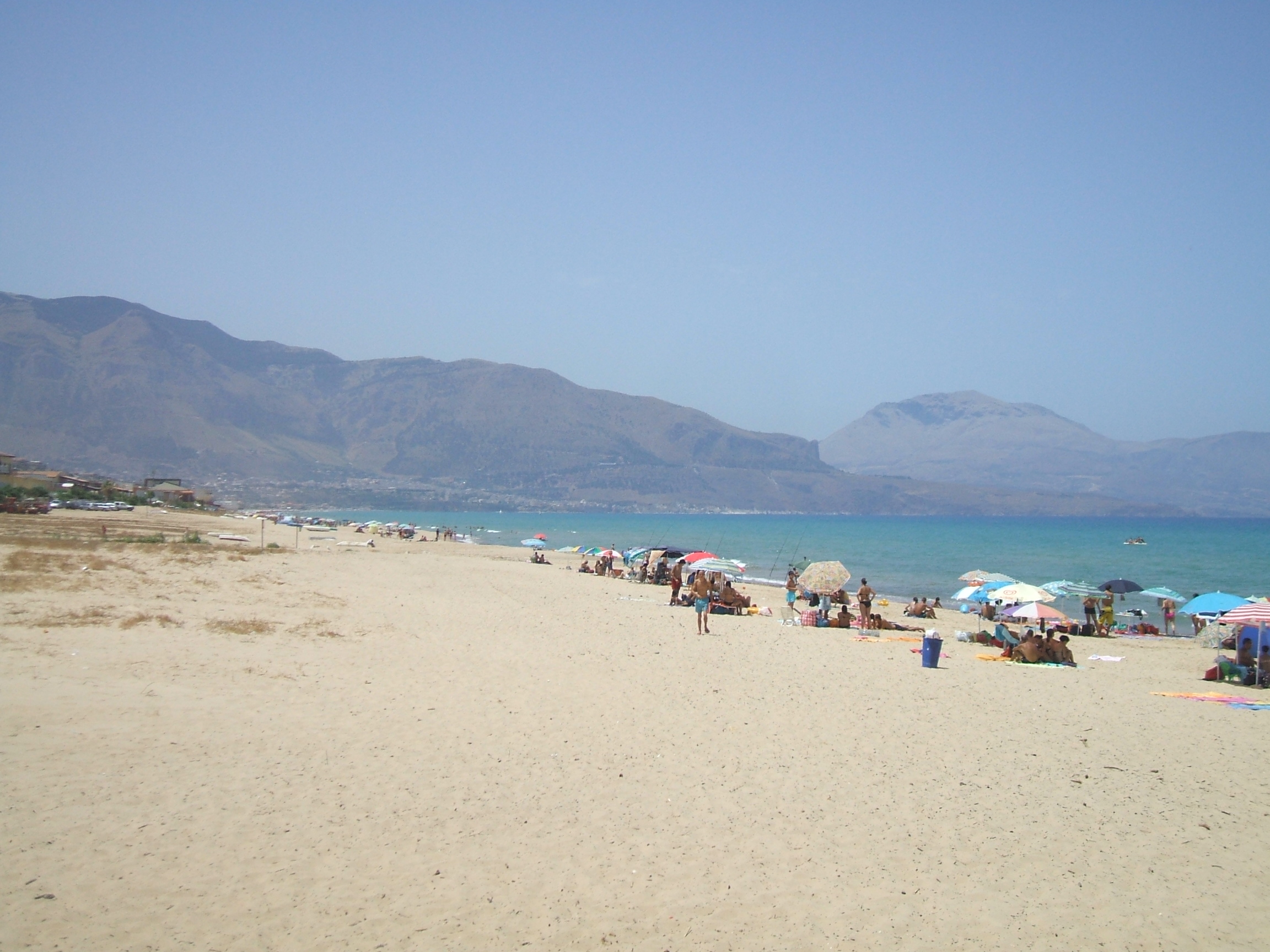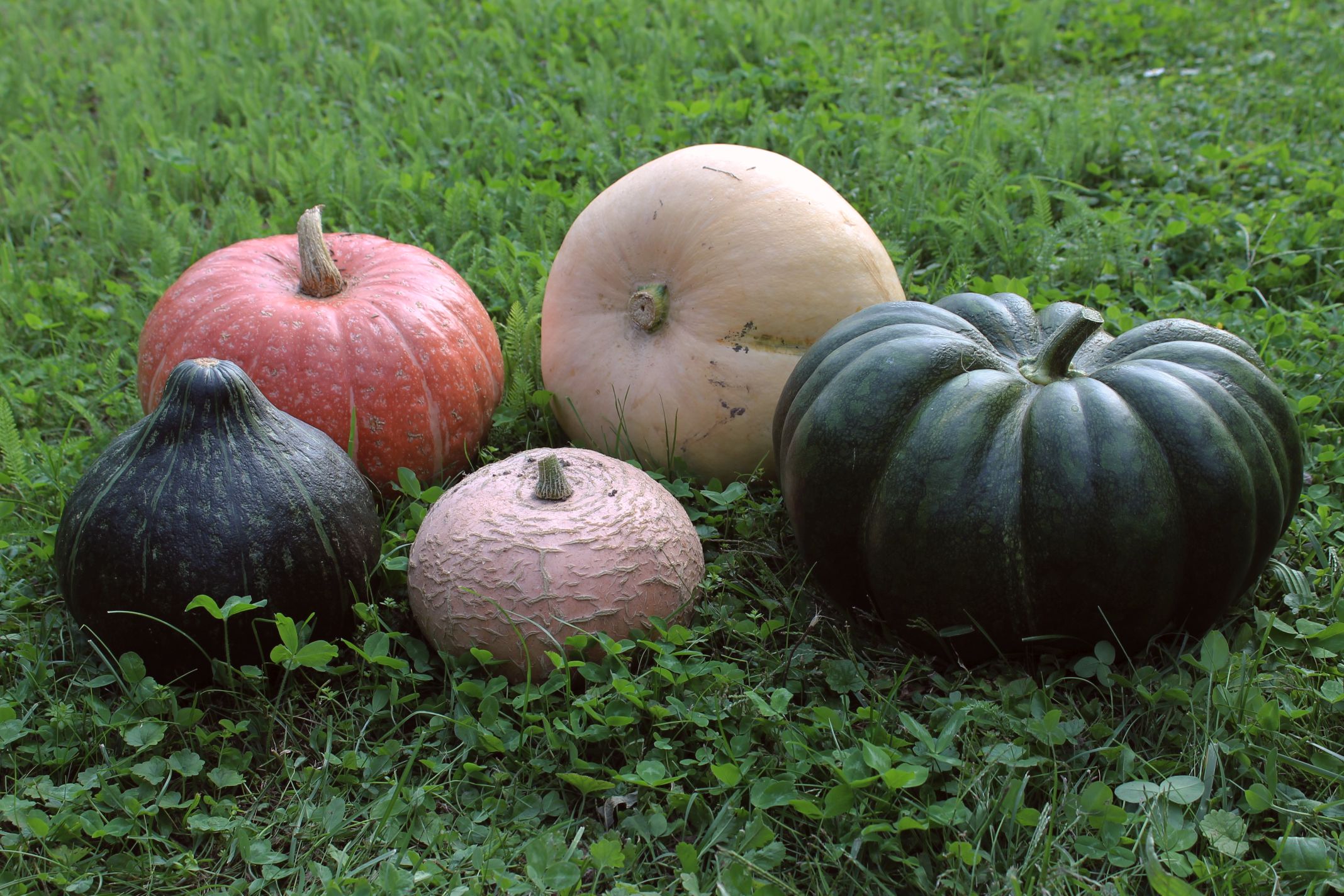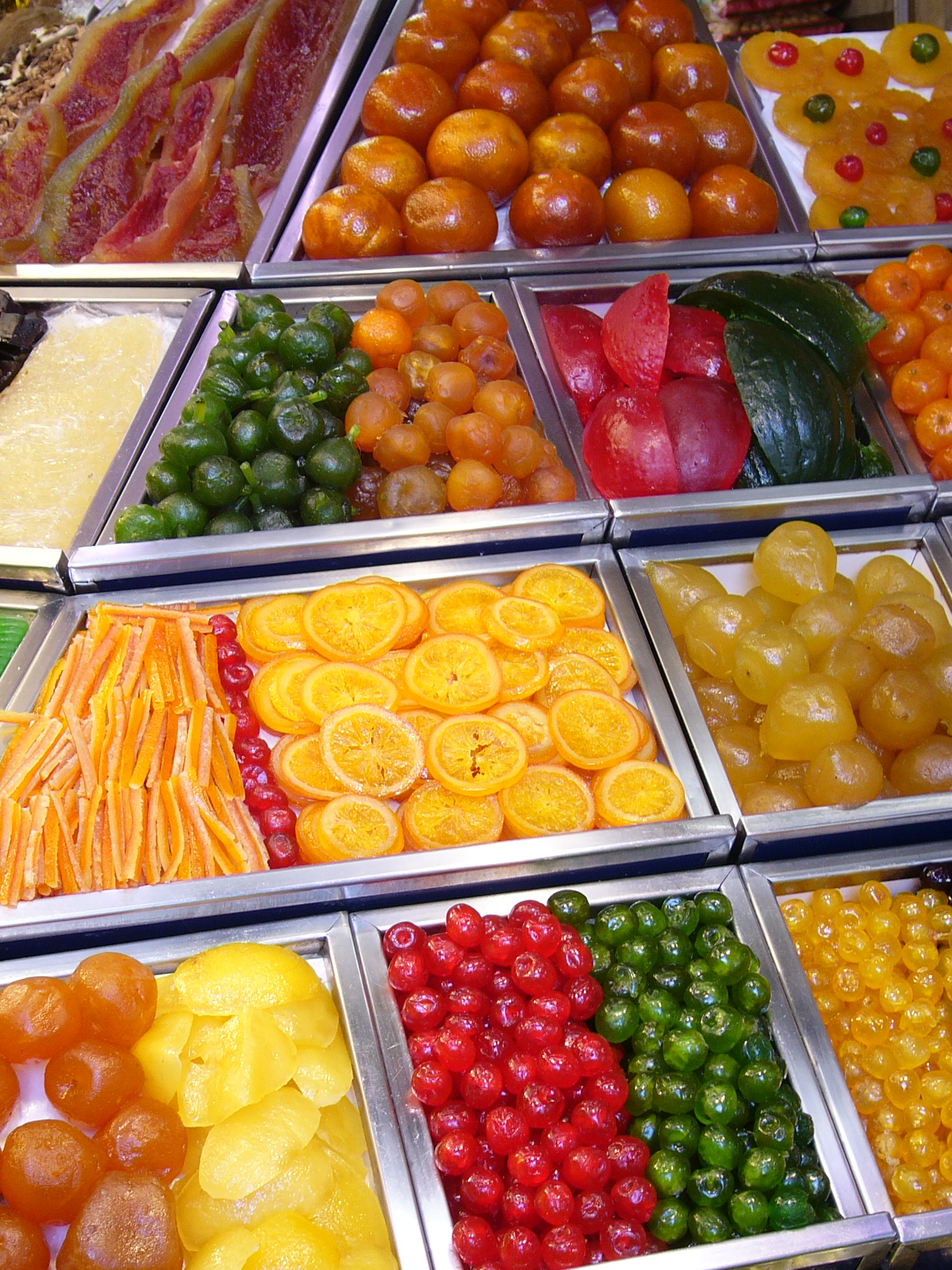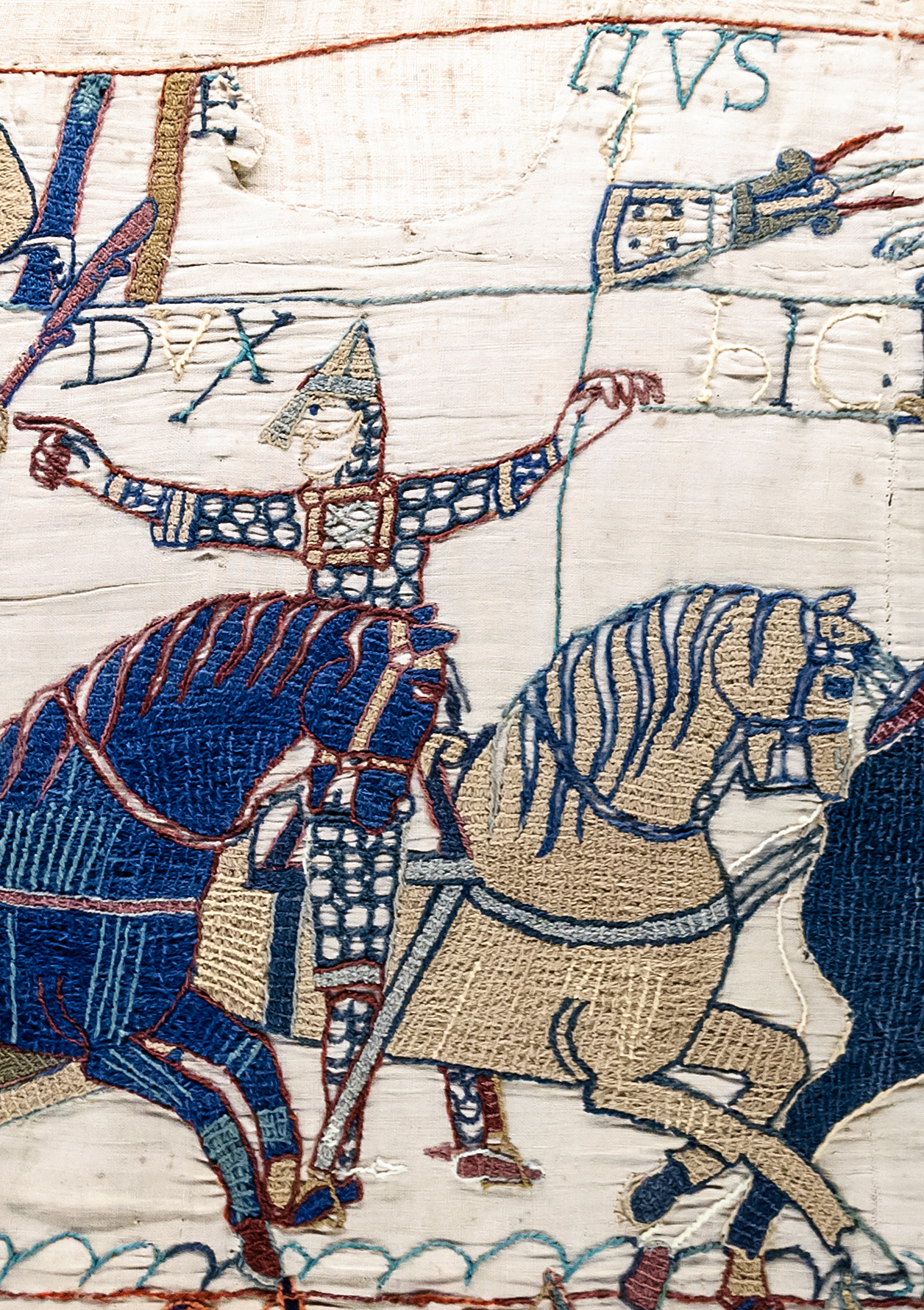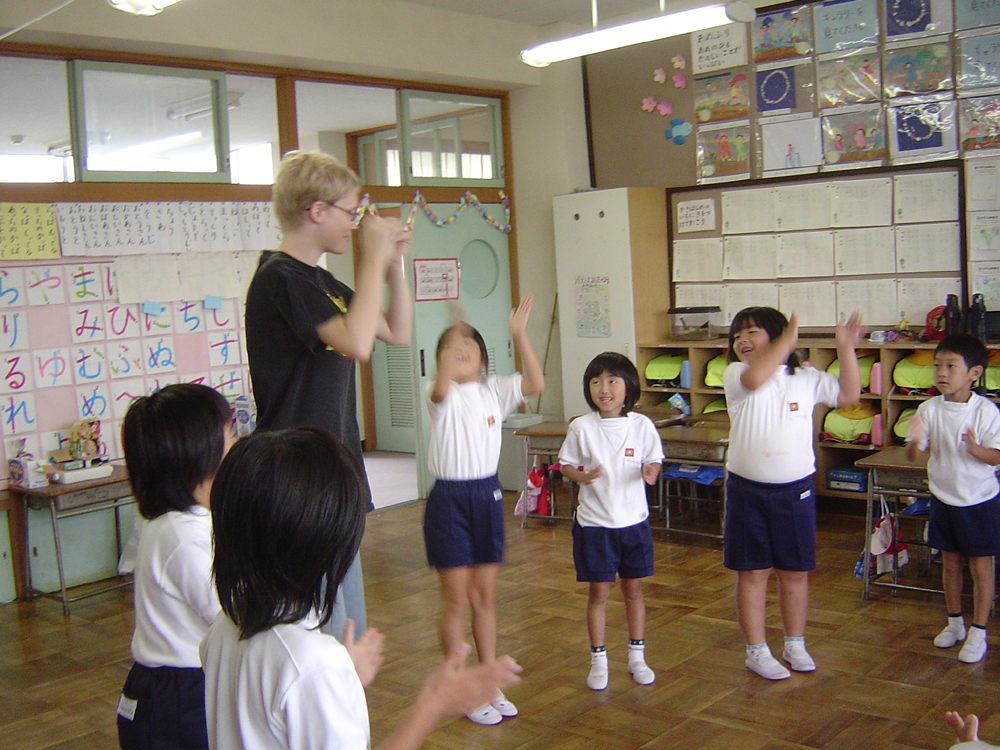|
Badia Nuova
Badia Nuova is a Catholic church located in Alcamo, in the province of Trapani, Sicily, southern Italy. Adjoining the church there is the convent of Saint Francis of Paola. History The church was founded in 1531 by Father Filippo Scamacca, while the convent of Saint Francis of Paola was built some decades later. In 1699 it was pulled down and enlarged with the construction of a new building and some gardens in the first half of the 18th century (1724), under the direction of , an architect from Trapani. Finally in 1968 it was restored because of the Belice Valley earthquake. The convent was suppressed in 1866, opened again, and entirely restored in the subsequent decades. Description The church plan is with one nave and a barrel vault with simple pillars, four side altars, and is embellished by a sober stucco decoration. The convent of saint Francis of Paola In 1567 Sister Margherita Montesa, together with four sisters, moved here from the convent of Santissimo Sal ... [...More Info...] [...Related Items...] OR: [Wikipedia] [Google] [Baidu] |
Alcamo
Alcamo (; scn, Àrcamu, italic=no) is the fourth-largest town and commune of the Province of Trapani, Sicily, with a population of 44.925 inhabitants. It is on the borderline with the Metropolitan City of Palermo at a distance of about 50 kilometres from Palermo and Trapani. Nowadays the town territory includes an area of 130,79 square kilometres and is the second municipality as for population density in the province of Trapani, after Erice. Alcamo is bounded by the Tyrrhenian Sea on the north, Balestrate and Partinico on the east, Camporeale on the south and Calatafimi-Segesta and Castellammare del Golfo on the west. Its most important hamlet is Alcamo Marina at about 6 kilometres from the town centre. Together with other municipalities it takes part in the ''Associazione Città del Vino'', the movement ''Patto dei Sindaci'', ''Progetto Città dei Bambini'', ''Rete dei Comuni Solidali'' and ''Patto Territoriale Golfo di Castellammare''. Geography Territory Alcamo is ... [...More Info...] [...Related Items...] OR: [Wikipedia] [Google] [Baidu] |
Church Of The Holy Saviour (Alcamo)
Santissimo Salvatore ("Holy Saviour", or ''Badia Grande'') is a Catholic church located in Alcamo, in the province of Trapani. Description This church, adjoining the nunnery of ''Badia Grande'' (today a grammar school) was already existing in 1300, it was rebuilt then in the middle of the 16th century and in the years 1690–97. it was restored in 1737 and embellished with stuccoes. Very interesting are the classical façade, with portals in the windows, and its square bell-tower, with four pointed arches. The church was closed for several years because of the damages suffered during the 1968 Belice earthquake. Until some years ago, every Wednesday evening they celebrated the Holy Mass in Latin, accompanied by the Gregorian chant and polyphonic ones of the del choir Jacopone da Todi. Inside the Church there are cultural activities connected with the sacred chants, the old one in particular, thanks to the same choir that uses this building on Sunday afternoon and on We ... [...More Info...] [...Related Items...] OR: [Wikipedia] [Google] [Baidu] |
Wreaths
A wreath () is an assortment of flowers, leaves, fruits, twigs, or various materials that is constructed to form a circle . In English-speaking countries, wreaths are used typically as household ornaments, most commonly as an Advent and Christmas decoration. They are also used in ceremonial events in many cultures around the globe. They can be worn as a chaplet around the head, or as a garland around the neck. Etymology The word ''wreath'' comes from Middle English ''wrethe'' and from Old English ''writha'' 'band'. History Ancient Etruscan wreaths Wreaths were a design used in ancient times in southern Europe. The most well-known are pieces of Etruscan civilization jewelry, made of gold or other precious metals. Symbols from Greek myths often appear in the designs, embossed in precious metal at the ends of the wreath. Ancient Roman writers referred to Etruscan ''corona sutilis'', which were wreaths with their leaves sewn onto a background. These wreaths resemble a ... [...More Info...] [...Related Items...] OR: [Wikipedia] [Google] [Baidu] |
Pumpkin
A pumpkin is a vernacular term for mature winter squash of species and varieties in the genus ''Cucurbita'' that has culinary and cultural significance but no agreed upon botanical or scientific meaning. The term ''pumpkin'' is sometimes used interchangeably with "squash" or "winter squash", and is commonly used for cultivars of ''Cucurbita argyrosperma'', ''Cucurbita ficifolia'', ''Cucurbita maxima'', ''Cucurbita moschata'', and ''Cucurbita pepo''. Native to North America (northeastern Mexico and the southern United States), ''C. pepo'' pumpkins are one of the oldest domesticated plants, having been used as early as 7,000 to 5,500 BC. Today, pumpkins of varied species are widely grown for food, as well as for aesthetic and recreational purposes. The pumpkin's thick shell contains edible seeds and pulp. Pumpkin pie, for instance, is a traditional part of Thanksgiving meals in Canada and the United States, and pumpkins are frequently carved as jack-o'-lanterns for decoration a ... [...More Info...] [...Related Items...] OR: [Wikipedia] [Google] [Baidu] |
Candied
Candied fruit, also known as glacé fruit, is whole fruit, smaller pieces of fruit, or pieces of peel, placed in heated sugar syrup, which absorbs the moisture from within the fruit and eventually preserves it. Depending on the size and type of fruit, this process of preservation can take from several days to several months. This process allows the fruit to retain its quality for up to a year. It has existed since the 14th century. The continual process of drenching the fruit in syrup causes the fruit to become saturated with sugar, preventing the growth of spoilage microorganisms due to the unfavourable osmotic pressure this creates. Fruits that are commonly candied include dates, cherries, pineapple, peaches, as well as ginger root. The principal candied peels are orange and citron; these with candied lemon peel are the usual ingredients of mixed chopped peel (which may also include glacé cherries). Recipes vary from region to region, but the general principle is to boil t ... [...More Info...] [...Related Items...] OR: [Wikipedia] [Google] [Baidu] |
Embroideries
Embroidery is the craft of decorating fabric or other materials using a needle to apply thread or yarn. Embroidery may also incorporate other materials such as pearls, beads, quills, and sequins. In modern days, embroidery is usually seen on caps, hats, coats, overlays, blankets, dress shirts, denim, dresses, stockings, scarfs, and golf shirts. Embroidery is available in a wide variety of thread or yarn colour. Some of the basic techniques or stitches of the earliest embroidery are chain stitch, buttonhole or blanket stitch, running stitch, satin stitch, and cross stitch. Those stitches remain the fundamental techniques of hand embroidery today. History Origins The process used to tailor, patch, mend and reinforce cloth fostered the development of sewing techniques, and the decorative possibilities of sewing led to the art of embroidery. Indeed, the remarkable stability of basic embroidery stitches has been noted: The art of embroidery has been found worldwide a ... [...More Info...] [...Related Items...] OR: [Wikipedia] [Google] [Baidu] |
Knitting
Knitting is a method by which yarn is manipulated to create a textile, or fabric. It is used to create many types of garments. Knitting may be done by hand or by machine. Knitting creates stitches: loops of yarn in a row, either flat or in ''the round'' (tubular). There are usually many ''active stitches'' on the knitting needle at one time. Knitted fabric consists of a number of consecutive rows of connected loops that intermesh with the next and previous rows. As each row is formed, each newly created loop is pulled through one or more loops from the prior row and placed on the ''gaining needle so'' that the loops from the prior row can be pulled off the other needle without unraveling. Differences in yarn (varying in fibre type, ''weight'', uniformity and ''twist''), needle size, and stitch type allow for a variety of knitted fabrics with different properties, including color, texture, thickness, heat retention, water resistance, and integrity. A small sample of kn ... [...More Info...] [...Related Items...] OR: [Wikipedia] [Google] [Baidu] |
Sewing
Sewing is the craft of fastening or attaching objects using stitches made with a sewing needle and thread. Sewing is one of the oldest of the textile arts, arising in the Paleolithic era. Before the invention of spinning yarn or weaving fabric, archaeologists believe Stone Age people across Europe and Asia sewed fur and leather clothing using bone, antler or ivory sewing-needles and "thread" made of various animal body parts including sinew, catgut, and veins. For thousands of years, all sewing was done by hand. The invention of the sewing machine in the 19th century and the rise of computerization in the 20th century led to mass production and export of sewn objects, but hand sewing is still practiced around the world. Fine hand sewing is a characteristic of high-quality tailoring, haute couture fashion, and custom dressmaking, and is pursued by both textile artists and hobbyists as a means of creative expression. The first known use of the word "sewing" was in the 14th ... [...More Info...] [...Related Items...] OR: [Wikipedia] [Google] [Baidu] |
Kitchen Garden
The traditional kitchen garden, vegetable garden, also known as a potager (from the French ) or in Scotland a kailyaird, is a space separate from the rest of the residential garden – the ornamental plants and lawn areas. It is used for growing edible plants and often some medicinal plants, especially historically. The plants are grown for domestic use; though some seasonal surpluses are given away or sold, a commercial operation growing a variety of vegetables is more commonly termed a market garden (or a farm). The kitchen garden is different not only in its history, but also its functional design. It differs from an allotment in that a kitchen garden is on private land attached or very close to the dwelling. It is regarded as essential that the kitchen garden could be quickly accessed by the cook. Historically, most small country gardens were probably mainly or entirely used as kitchen gardens, but in large country houses the kitchen garden was a segregated area, nor ... [...More Info...] [...Related Items...] OR: [Wikipedia] [Google] [Baidu] |
Charisma
Charisma () is a personal quality of presence or charm that compels its subjects. Scholars in sociology, political science, psychology, and management reserve the term for a type of leadership seen as extraordinary; in these fields, the term "charisma" is used to describe a particular type of leader who uses "values-based, symbolic, and emotion-laden leader signaling". In Christian theology, the term appears as ''charism'', an endowment or extraordinary power given by the Holy Spirit."Spiritual gifts". ''A Dictionary of the Bible'' by W. R. F. Browning. Oxford University Press Inc. ''Oxford Reference Online''. Oxford University Press. Accessed 22 June 2011. Etymology The English term ''charisma'' is from the Greek (''khárisma''), which means "favor freely given" or "gift of grace". The term and its plural (''charismata'') derive from (''charis''), which means "grace" or indeed "charm" with which it shares the root. Some derivatives from that root (including "grace") have sim ... [...More Info...] [...Related Items...] OR: [Wikipedia] [Google] [Baidu] |
Premises
Premises are land and buildings together considered as a property. This usage arose from property owners finding the word in their title deeds, where it originally correctly meant "the aforementioned; what this document is about", from Latin ''prae-missus'' = "placed before". In this sense, the word is always used in the plural, but singular in construction. Note that a single house or a single other piece of property is "premises", not a "premise", although the word "premises" is plural in form; e.g. "The equipment is on the customer's premises", never "The equipment is on the customer's premise". Law relating to premises Liability of owner of premises in tort Transfer of ownership of premises Premises registration Premises registration is "a way to locate where livestock or dead animals are kept or congregated." [...More Info...] [...Related Items...] OR: [Wikipedia] [Google] [Baidu] |
Elementary School
A primary school (in Ireland, the United Kingdom, Australia, Trinidad and Tobago, Jamaica, and South Africa), junior school (in Australia), elementary school or grade school (in North America and the Philippines) is a school for primary education of children who are four to eleven years of age. Primary schooling follows pre-school and precedes secondary schooling. The International Standard Classification of Education considers primary education as a single phase where programmes are typically designed to provide fundamental skills in reading, writing, and mathematics and to establish a solid foundation for learning. This is International Standard Classification of Education#Level 1, ISCED Level 1: Primary education or first stage of basic education.Annex III in the ISCED 2011 English.pdf Na ... [...More Info...] [...Related Items...] OR: [Wikipedia] [Google] [Baidu] |

